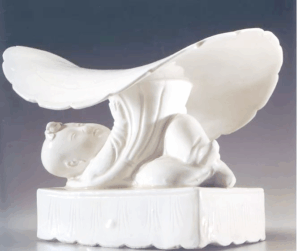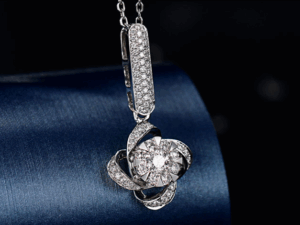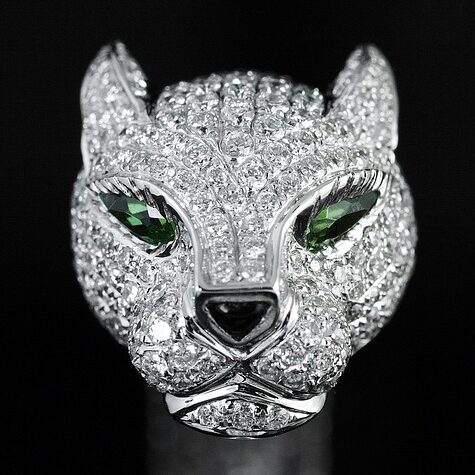Studying Ancient Jade: Representative Patina and Tool Mark Examples
古玉學習:具代表性的皮殼與工痕高清圖解析
Introduction: The Art of Observation
導言:觀察的藝術
Mastering ancient jade identification requires prolonged exposure to museum-quality pieces. Carefully observe surface patina, luster, tool marks, coloration, and jade material characteristics to develop visual memory.
學習古玉,還是要長期看館藏品的代表,去細細體會皮殼、光氣、工痕、沁色和玉種的表現質態,形成記憶。
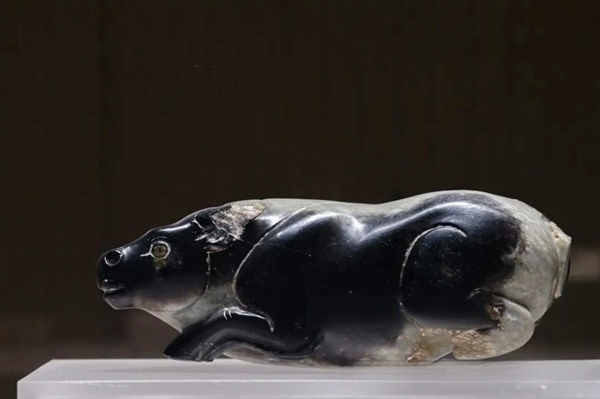
1. Mid-Western Han Dynasty: Jade Buffalo
一、西漢中期:圓雕玉牛
- Period: Mid-Western Han Dynasty (206 BCE – 9 CE)
年代:西漢中期(公元前206年–公元9年) - Provenance: Excavated from Han site, Jiaqu Village, Shaanxi
出土:陝西蒲城縣賈曲公社賈曲村漢遺址出土 - Features: Round carving demonstrates advanced sculpting techniques; smooth patina indicates long-term burial.
特徵:圓雕技法展現高超工藝;溫潤皮殼顯示長期埋藏特徵。
This piece exemplifies the robust, naturalistic style of Han dynasty animal carvings.
此件代表漢代動物雕刻渾厚寫實的典型風格。
2. Liangzhu Culture: Crown-Shaped Comb Ornament
二、良渚文化:冠狀玉梳背
- Period: Liangzhu Culture (c. 3400–2250 BCE)
年代:良渚文化(約公元前3400–2250年) - Collection: Zhejiang Provincial Institute of Cultural Relics and Archaeology
收藏:浙江省文物考古研究所藏 - Features: Distinctive Liangzhu motifs; typical weathering patterns of ancient nephrite.
特徵:典型良渚紋飾;展現古玉風化特徵。
Note the precise linear engravings characteristic of Liangzhu craftsmanship.
注意良渚工藝特有的精確線性雕刻。
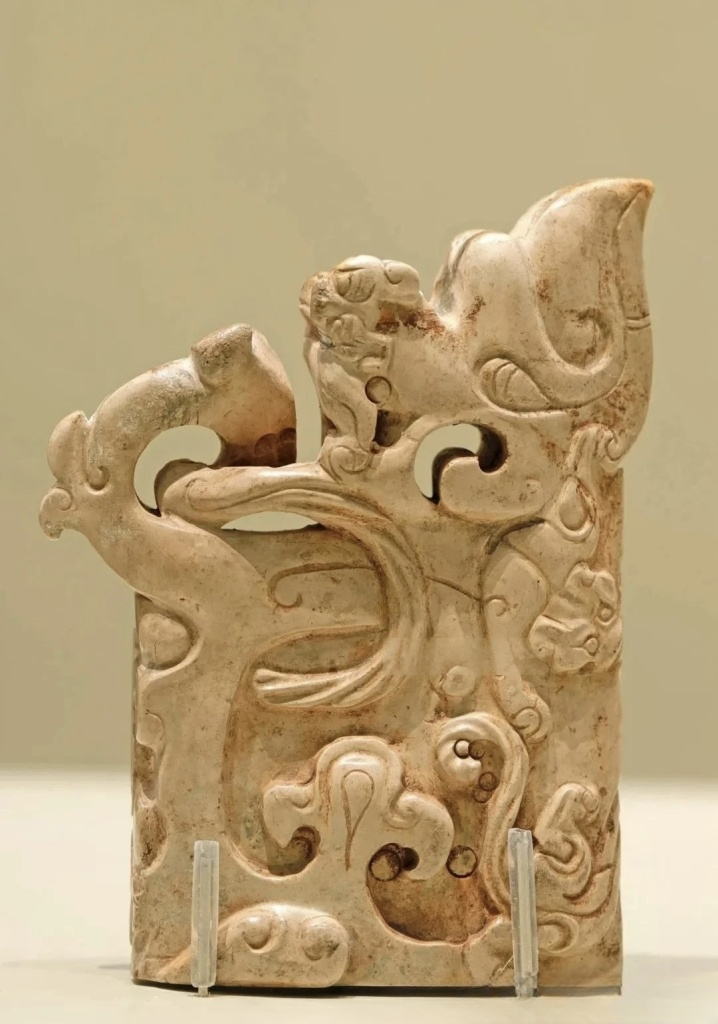
3. Western Han Dynasty: Sword Scabbard Chape
三、西漢:玉劍珌
- Dimensions: Height 6.6 cm, Width 4.4 cm, Thickness 1 cm
尺寸:高6.6厘米、寬4.4厘米、厚1厘米 - Provenance: Excavated from Xishan Tomb, Mangshan Town, Henan (1986)
出土:1986年河南省永城縣芒山鎮僖山漢墓出土 - Collection: Shangqiu Museum, Henan
收藏:河南省商丘博物館藏 - Features: Classic Han decorative patterns; well-preserved burial patina.
特徵:典型漢代裝飾紋樣;保存完好的埋藏皮殼。
This type of jade fitting adorned the ends of ceremonial sword scabbards.
此類玉飾用於禮儀劍具鞘尾裝飾。
4. Spring and Autumn Period: Tiger-shaped Pendant
四、春秋:青玉虎形佩
- Dimensions: Length 12.7 cm, Width 6.2 cm, Thickness 0.3 cm
尺寸:長12.7厘米、寬6.2厘米、厚0.3厘米 - Provenance: Huang Junmeng Couple’s Tomb, Guangshan County, Henan
出土:河南省光山縣寶相寺黃君孟夫婦墓出土 - Collection: Henan Museum
收藏:河南博物院藏 - Features: Thin profile with intricate carving; natural mineral coloration.
特徵:器形薄透,雕刻精細;天然礦物沁色。
Early examples show simpler forms compared to later Warring States pieces.
與戰國時期相比,早期造型更為簡練。
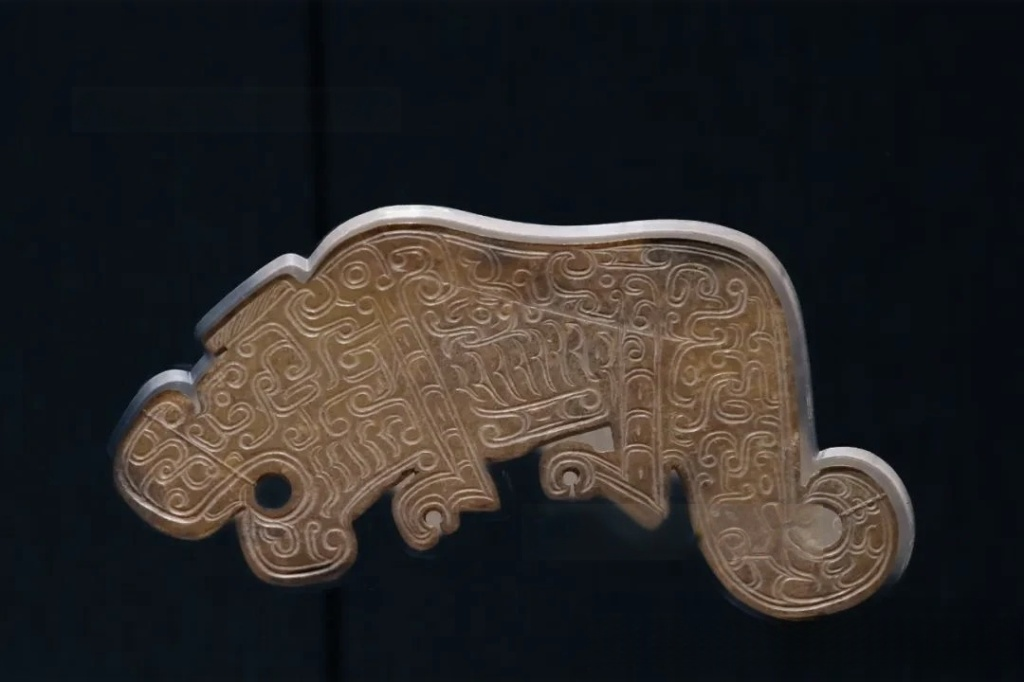
5. Western Zhou: Dragon-pattern Pendant
五、西周:龍紋玉佩
- Provenance: Excavated from Guo State Cemetery M2009 (1990)
出土:1990年虢國墓地M2009虢仲墓出土 - Collection: Guo State Museum, Sanmenxia, Henan
收藏:河南省三門峽虢國博物館藏 - Features: Curved dragon motif; typical Western Zhou composite designs.
特徵:捲曲龍紋;典型西周組合式設計。
Western Zhou jades often feature abstract, rhythmic patterns.
西周玉器常見抽象而富有韻律感的紋樣。
6. Western Zhou: Dragon-phoenix Pattern Huang Pendant
六、西周:龍鳳紋玉璜
- Collection: Henan Museum
收藏:河南博物院藏 - Features: Harmonious dragon-phoenix combination; balanced symmetry.
特徵:龍鳳和諧組合;對稱平衡的構圖。
The huang pendant was a semicircular ritual ornament worn in sets.
玉璜為半圓形禮儀配飾,常成組佩戴。
Study Guidelines
學習要點
- Compare Authentic Examples
Build visual memory through repeated observation.
對比真品:通過反覆觀察建立視覺記憶。 - Focus on Details
Tool marks should show natural wear; patina should be consistent.
關注細節:工痕應顯示自然磨損;皮殼需整體一致。 - Understand Historical Context
Different periods have distinct stylistic characteristics.
理解歷史背景:不同時期具有獨特風格特徵。
Read More
- Jadeite Through the Seasons: A Guide to Year-Round Wear and Care
- Understanding Bronze Vessels: Types and Terminology
- Qing Dynasty Porcelain Techniques: Blue-and-White and Underglaze Red
- Metamorphosis: Chinese Sculpture Through the Dynasties
- Exploring Ding Kiln’s Diverse Charms: A Complete Guide to Appreciation


